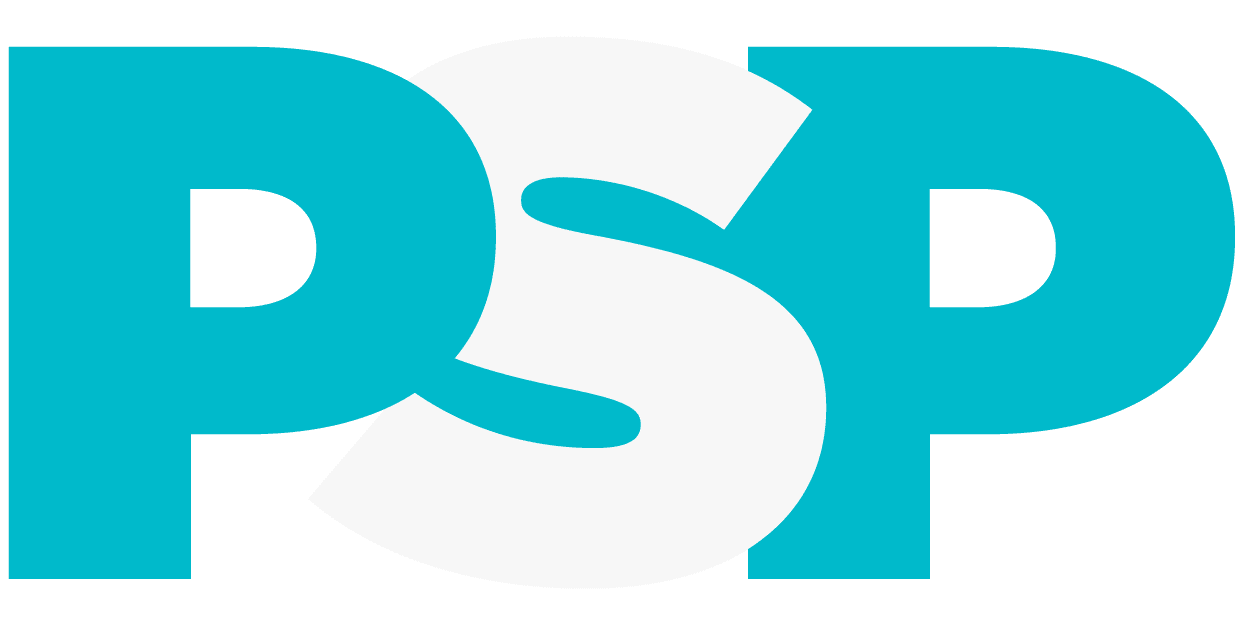Practice management includes more than just keeping the schedules organized and the bills paid. Mara and Jay Shorr share several tips in such areas as negotiations; physician credentialing; preventing fraud, theft, and embezzlement; patient and employee safety; and keeping the patients coming back for more.
Top 6 Negotiating Tips Every Practice Should Know
When it comes to negotiations in a medical practice, it’s always best to be prepared for all possible outcomes. Although in days past, a verbal agreement or handshake may have done the deed, it’s imperative to put everything in writing to make sure that nothing is assumed by either party.
Whether it’s a negotiation between an employee and an employer, or the medical practice and a vendor or landlord, we always recommend these top 6 tips for any successful negotiation:
- Understand the other person’s needs and objectives. What are they looking for, what are YOU looking for, and what is a happy medium for a win-win situation?
- Don’t be afraid to ask questions and insist on answers. Don’t settle for the runaround, keep an eye out for any hidden details, and pay close attention to body language for a giveaway that the other party may not be entirely truthful.
- Prepare and compare all details in the negotiation by doing your research ahead of time. What’s a good outcome, a better outcome, and the best possible outcome for both sides? Examine facts versus opinions. In any situation, your facts will trump their opinion, so be sure to come to the table armed with research.
- Understand the level of authority with which you’re dealing, and don’t waste your time with someone who doesn’t have decision-making power. Ask to speak to the person who can make a decision for you right off the bat.
- Put everything in writing to avoid the “he said, she said” dilemma later down the road. Remember that the only time you go back to a contract is when something is wrong, so having that signed agreement is key.
- Don’t be afraid to walk away from the deal! If it’s not working for you, don’t be afraid to walk away. One of two things will happen: the other party will come back to renegotiate, or you’ll have escaped something unsatisfactory… and possibly a little fishy.
Top Ways Your Staff Can Credential the Doctor
When it comes to the growth of your practice, no one is better able to tell the tale of your providers’ strengths than your staff. Evaluating the entire practice is key, but there are a few things to look out for when it comes to telling your tale:
- Strong phone skills can make or break your practice. Even though you’ve spent incredible amounts of money to bring new patients to your doorstep, the lack of enthusiasm your receptionist exudes answering the phone determines whether or not patients are going to book an appointment. Answer the phone with a smile and armed with as many details as possible about the providers’ training and experience.
- Post copies of the providers’ diplomas, certifications, training, and your practice’s mission statement in the hallways and lobby, not just in the providers’ private offices. Use time in the reception area, hallways travel, exam rooms, and checkout area for the staff to verbally talk the providers up and credential the team.
- Utilize branded staff uniforms for every team member. Make them a talking point so they fit in with the overall brand of your practice. While some clients prefer scrubs, others love jeweled branded shirts with the practice’s logo paired with black pants. Either way, allow your employees to look like a TEAM, as well as serve as a talking point.
- Perform procedures on your staff so they can speak to your providers’ skills firsthand. From comfort level to artistry, it’s always easiest to speak about a procedure when you’ve had it first-hand.
- Have your staff show patients the positive feedback of other patients. Whether scribbled hand-written notes or printed out emails, when your patients give their consent to show their gratitude, shout it from the rooftops. Provide your staff with training on how to obtain those reviews as well.
- Eliminate a hostile work environment. Your staff members should function as a team, and either get on board… or get off the board.
- Provide continuous training throughout the year through webinars, in-office training, and conferences.
Theft, Fraud, and Embezzlement in Your Practice
Sadly, with every theft lecture we’ve given we’ve seen a dozen hands raised with new and interesting ways their employees have ripped them off. It happens in practices all over the country, every day, and when practices turn a blind eye to the possibility, or rely on “trusted” staff members, theft becomes easier than ever.
Wondering what to look out for when it comes to theft prevention?
- A motive. Whether it’s an addiction, gambling, or jealousy of “the rich doctor making all the money,” anyone that’s ever stolen doesn’t do so without a reason.
- Expect the unexpected. Some theft comes in the form of stealing from the cash drawer, but more often than not, it could come from stealing valuables from patients in the exam rooms, office and medical supplies, fillers and neurotoxins, prescription pads, and more. Perhaps they’re running a side business within your business, or making deals with vendors on the side, taking cash payments in exam rooms, copying your patient list and treating those patients at their homes, or even treating friends and family after hours.
- They’ll come up with a rationalization about why it’s OK as well. Perhaps the employee feels mistreated or underpaid, or is seeking revenge for being scolded.
- Lead by example. If your employees see you disobeying policies… or the law… they’ll follow suit.
- Institute controls, including locks on product, inventory systems, and video camera security systems. When implementing a check and balance system, make sure the fox isn’t watching the hen house… your employees could be in cahoots.
Safety in the Medical Workplace
We find that clear, concise, and consistent training from day 1 is the clearest way to send a message to your staff and patients that safety is your number one priority. Make it clear that it’s not only the safety of your building, but the safety of your patients, staff, and their licenses that’s at the highest level of importance.
Looking for a few tips?
- When it comes to patient safety, never compromise on the following: sterility, FDA-approved products, proper prescription dosage, equipment maintenance, and proper staff communication. Some of these items may cost you a few more dollars right now, but trust us when we say it’ll serve you well down the road.
- When it comes to employee safety, implement regular checks with your sharps disposals, maintenance of personal protective equipment and eye wash stations, fire drills and training, and maintaining a drug-free workplace.
- It sounds simple, but provide an easily accessible step stool and ladder for your staff. You’d be amazed at the number of people who think it’s safe to grab something off the top shelf using their wheeled office chair… just this once.
- Never compromise on a time-out in the operating room. It doesn’t matter if you only have one case that day in your in-office surgery center. Making sure the entire O/R team is on board is well worth the minutes it takes.
- Double check outdoor areas for slippery walkways, properly maintained wires, blind spots in the parking lot, and properly lit areas for both patients and employees leaving your office after dark.
How to Keep Your Patients Coming Back For More
Now that you’ve provided your patients with excellent care, ensure their future visits don’t get left up to chance. Keep them coming back for more by utilizing a few tricks of the trade.
- Make sure your practice is implementing patient reminders, both for upcoming appointments and past-due appointments, like a missed injectable treatment, for instance. Check and see if your practice management system has this capability, as many now come with it. If not, consider a supplemental vendor, like Solutionreach, which automatically speaks with your system and takes the work away from your already taxed staff.
- Keep top of mind with birthday messages and “gifts,” like a percentage off their next treatment, or a set amount as a birthday gift. Depending on the demographic of your patients, consider sending this by text or email, with a phone call, or with an old-fashioned birthday card. After all, snail mail is so old… it’s new again. Vintage!
- Add every patient to your e-newsletter list. Just because they’re not ready for a certain treatment now doesn’t mean they won’t be down the road, and when they are… make sure they realize that your practice is the only place to receive it.
- Establish a private label skincare line to stay top of mind every morning and evening. Although this has become a great source of revenue, a private label line, complete with your branding and contact information, serves as a marketing opportunity as well.
Mara Shorr, BS, CAC II-VIII, serves as the Vice President of Marketing and Business Development for The Best Medical Business Solutions, assisting medical practices with the operational, financial, and administrative health of their business. She is a VCS faculty member and serves on multiple faculties utilizing knowledge and experience to help clients achieve their fullest potential. A national speaker and writer, she can be contacted at [email protected].
Jay A. Shorr BA, MBM-C, CAC I-VIII, is the founder and managing partner of The Best Medical Business Solutions. He is also a professional motivational speaker, VCS faculty member since 2009, an advisor for multiple conferences, and a key opinion leader for several industry organizations Jay is also a certified medical business manager from Florida Atlantic University. He can be reached at [email protected].




